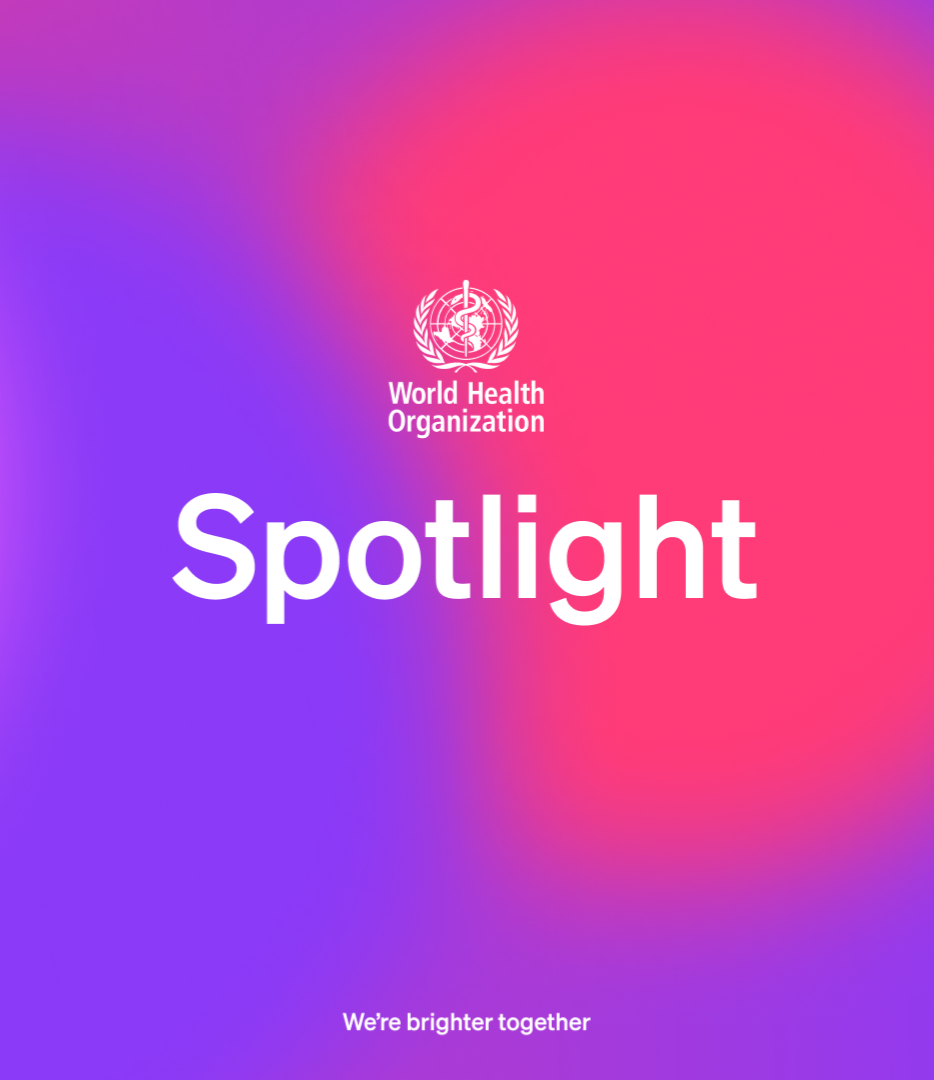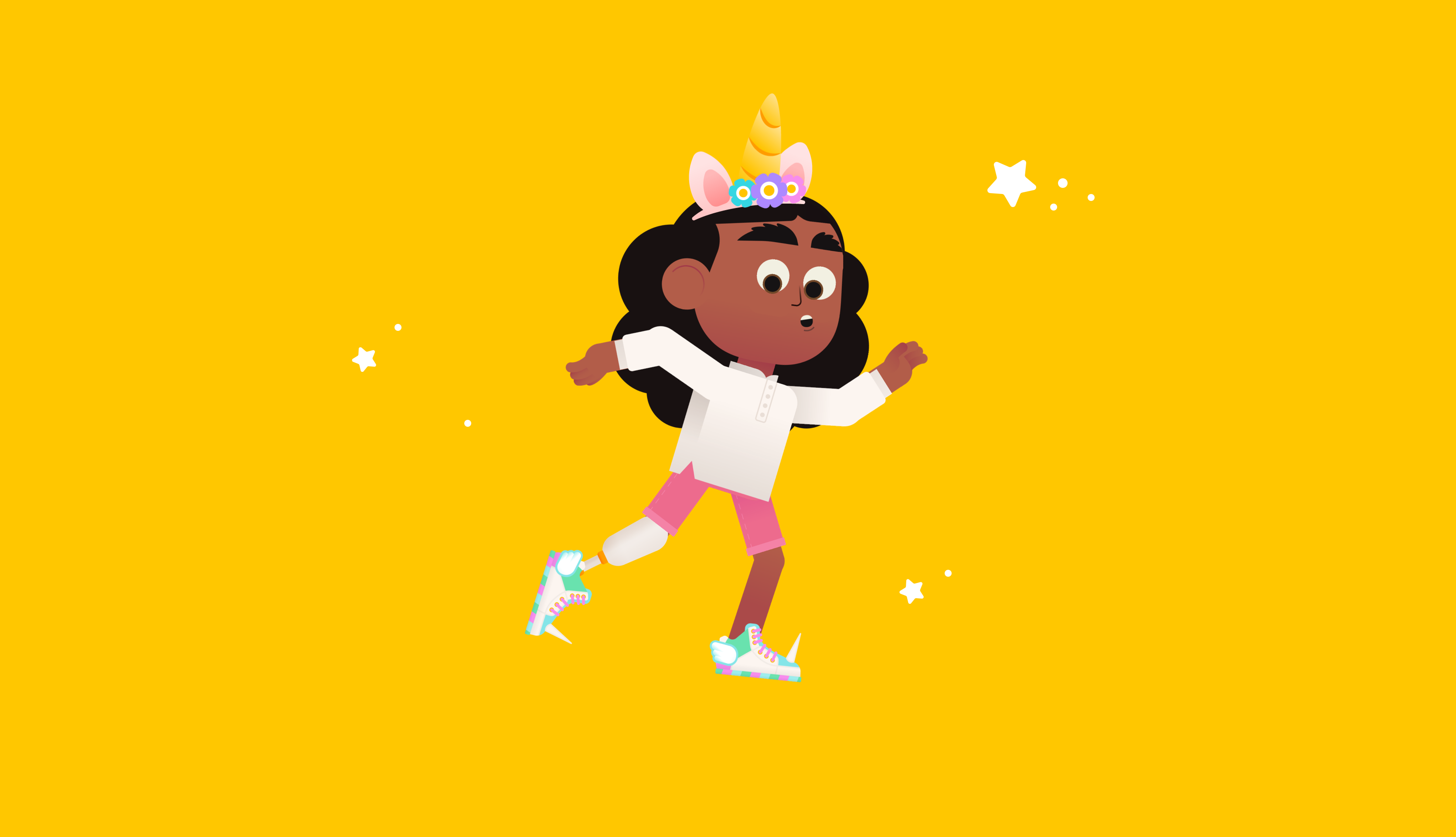Rituals
Conquering the biggest data challenge

Rituals was launched in 2000 and has grown into a must-have Home & Body cosmetics brand over the years. Rituals’ ambition is for continuous growth; increasing revenue in its primary markets (Netherlands and Germany), while growing in all its markets across Europe and the US. How? By improving its organic findability.
Duplicate pages: a true conversation killer
Each country has its own Rituals website, which is needed in order to ship the products to various countries. As a result, there are no less than 22 duplicates of the English website alone! It’s not great in terms of your SEO when you consider the large amount of duplicate content, significant fragmentation in authority and waste of crawl budget with more than one million pages. To give you an example, this is what happened in practice: people in France that used French search terms in their search ended up on a French website of Luxembourg. Due to duplicate content and incorrect hreflang tags which resulted in the wrong indexation. As a Frenchman, it wasn’t possible to check out on Luxembourg’s website version. In addition, if you switched countries on the website, the content of your cart wouldn’t automatically switch to the website version of the domestic country. And you end with an empty shopping cart: a true conversion killer.


Increasing revenue in its primary markets while growing in all other countries
In an attempt to solve this problem, we started a thorough rationalisation of all Rituals websites. This entails an extensive migration of all individual websites to one .com domain, focusing on “indexability”, “crawlability”, “authority” and “usability”. We kept the deadline of Fall in mind, so the rewards could be reaped in the winter season: the ultimate gift-giving season for Rituals.


Combining similar website pages together
Besides rationalisation, the right international tagging had to be added (“hreflang” and Search Console). And of course, each language had different countries and currencies. Because of the large number of pages and duplicates, Google failed to pick up on the pages in the way that it should have. The choice was made to make one version indexable per language/currency. The following considerations were taken into account:
- The link value of the duplicates could not be lost, which is why 301-redirects were moved from the duplicate pages to the main page.
- The pages that were to disappear still needed to be available for campaigns and check out, which is why duplicates of those pages were created. However, these duplicate pages aren’t visible in search engines. Consequently, a ‘disallow’ in the robots.txt (crawlability & indexability) and, for the completeness, a ‘noindex’ were added to the “new” duplicate pages.
Results
The migration to only one .com domain led to several positive results:
- Greatly improved indexation
- Crawl budget much better spent
- Increased authority
- Check-out on the website they entered organically
- Revenue increased with 186% before Rituals peak season (winter)
Questions?
Director of Data, CRO & Insights
Matt Lacey
Discover more


